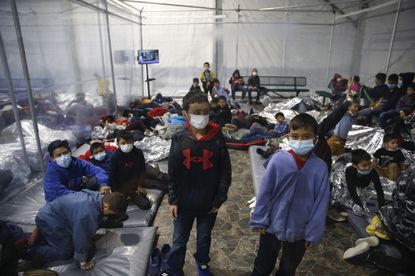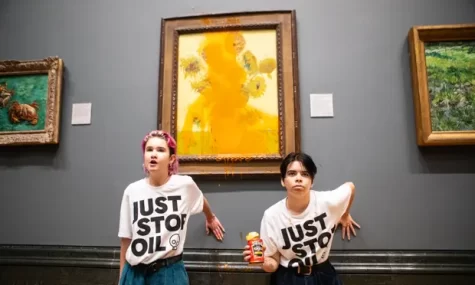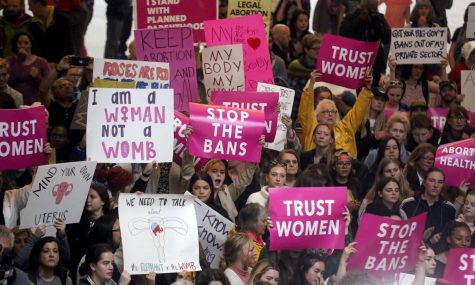A Young Dream

I was 2. I, unlike other kids, was accompanied by my mother and my two aunts of ages 9 and 17. Despite the risks that came our way, I will never be upset with my mother for taking me along with her on her journey to a better life for the both of us. Nothing in life is ever easy and we got to experience the true meaning of that. While chasing the American dream, we ended up getting lost for approximately 2 to 3 days, just us 4 in the middle of nowhere, with no group to guide us, not much left to drink, the possibility of dangerous animals attacking us and a small child in their hands, me, that tended to require more attention and care. But, we were eventually found. Thank God we were, or else I wouldn’t be sharing my story today.
We all have our own dreams. Now, I’m not talking about the dreams we have when we are sleeping, not the ones where I’m fighting crazy monkeys alongside John Lennon, no , not those. I’m talking about the dreams we call our goals top-zaymov.ru. The goals we make throughout our life that we hope to accomplish one day. Although there are different types of dreams, there is a specific one that lives within the experiences of immigrants. The American Dream. A dream that many pursue in order to have a better life. A better job, a better lifestyle, honestly, a better of everything, than they would have ever had in their own country. Although there are various definitions as to what the American Dream truly is, we all know that this is a dream that is an important one to many of us and those that surround us.
“Me puede ayudar”, can you help me, says 10 year old Wilton Guitierez, originally from Nicaragua, as he is found alongside the U.S-Mexico border by border patrol. Wilton was unaccompanied and abandoned by the group he was traveling with. He has just been one of many children found by the border control in the past months. Unaccompanied children are migrants under eighteen years old with no lawful status in the United States and who have no parent or legal guardian available to care for them. The ages of these kids vary. While 77 percent of them are 15 or older, there have reportedly been even younger ones within the facilities they are kept in.
By the end of March and April 2021, the number of children being held in by US Customs and Border Protection (CPB) dropped by 88%. But that doesn’t mean there still aren’t plenty of children being held within these facilities. As of early May, there were more than 22,500 unaccompanied children detained at the border. The shelters these kids are put into are not the ideal place one would like to be in. They tend to be 80 percent full most of the time, and because of that the kids inside them are always huddled up. There is hardly any space, many would even consider these places to be similar to jails or warehouses.
While we watch these children get detained, we ask how could their parents let them travel all alone? Did they take into consideration all the risks their child would have to face along their way here? Truth is, the parents had their reasons. Many would have preferred to have their children face those risks than to have them suffer more in their own country. Poverty, violence and natural disasters are a few of the main factors that led these children to flee from their country. I can only imagine how hard it was for both the children and the parents to separate from each other. It’s not that the parents would have wanted it that way, but when you find yourself under certain circumstances, you have to decide what’s best for your future, even if that means leaving your own country.
The stories you hear from these children are similar to mine as well as to others. We all share the same dream though we all have different journeys. When I talk about the children and the trips they take to get here, I always say they are “alone”. The reason that I say this is because although they aren’t physically alone, they are traveling accompanied by unknown people instead of with their families and loved ones. This is the experience of an unaccompanied child. Everyone else is a complete stranger to you and even though you guys are together, everyone is out on their own. You become your own responsibility. And then, these kids not only have to struggle to get here and constantly have to fight for their survival all while doing it alone, but they also have to struggle to get out of border facilities to finally be set free. Most of the time these kids are detained beyond the 72-hour legal limit.
The world we live in is filled with a diversity of people, different cultures, religions, ethnicities and so on, but, at the end of the day we are all humans. So if one is born somewhere else, they shouldn’t get treated much less than everyone else, especially if we are talking about children. They should not be put into detention centers that are a series of cages created by metal fencing and are compared to crammed jails which are run by the Department of Homeland Security’s Customs and Border Protection. Basic standards of living need to be met in these facilities, which is why I, and many others, are calling for better living conditions at these centers.
Despite the fact that these children are detained inside these centers there are still ways to help them from the outside. Foundations like the Lutheran Immigration and Refugee Service and Save The Children are great resources that help migrant children. These foundations do not only help us get informed with what’s going on in these detention centers but they have information that lets the public know how they can help. Options including adopting and donating money or any other supplies such as food or clothes are appreciated as well. Most importantly, we need to share our voices. Stand up for our communities and fight for what we believe is wrong and deserves much more attention. Remember that many voices are much better than one!

Mishelle Arellano , a senior at East High School who's not only someone new in this school but who's first year of journalism begins now! Born on February...









